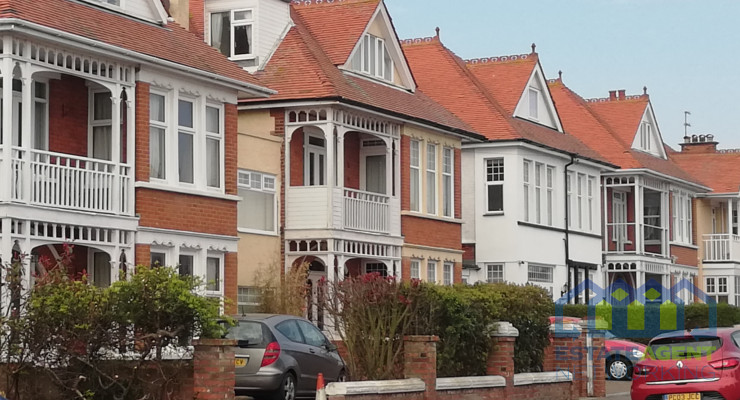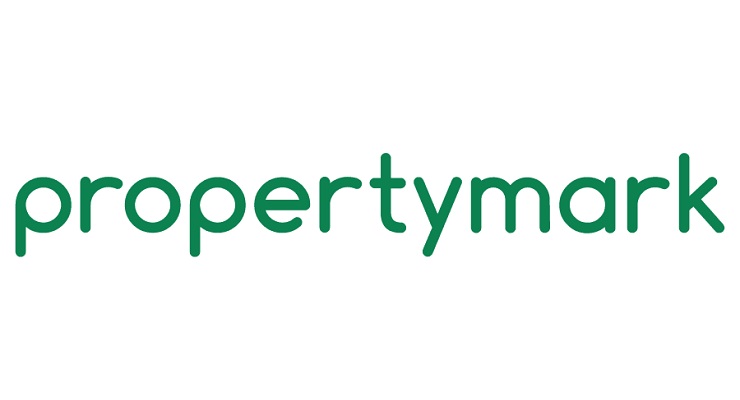Why Vacant Dwellings Should Be Converted Into HMOs
The Hidden Housing Fix: Thousands of Empty Homes Could Become HMOs
New research from COHO, the HMO management platform, reveals that England’s stock of Houses in Multiple Occupation (HMOs) could grow by nearly 5,000 properties simply by repurposing a small portion of the country’s long-term vacant homes.
According to the latest UK Government housing data (2024), there are 264,884 long-term vacant dwellings across England – up 1.3% from the previous year. On a regional level, the North West tops the list with 38,894 empty homes, closely followed by London (38,386) and the South East (35,869). The East of England has seen the sharpest rise, with an 8.2% year-on-year increase bringing the 2024 total to 28,103.
As the new Labour government aims to deliver 370,000 new homes annually, the growing number of unused properties raises urgent questions. COHO argues that returning these homes to the market—particularly as HMOs—offers a fast, cost-effective path toward easing the housing crisis.
In England, HMOs currently account for an estimated 1.8% of all dwelling stock.
So, if this same proportion of 1.8% were to be applied to the nation’s long-term vacant dwellings, it means there is the potential to increase England’s HMO stock to the tune of 4,889 properties.
In London, HMOs account for an estimated 3.8% of total dwellings which, when applied to the city’s number of vacant dwellings (38,386) means there is reasonable scope to add 1,473 HMOs.
With the same methodology, Yorkshire & Humber can add 591 HMOs, followed by the South East (568), North West (526), South West (450), and West Midlands (446).
And the true potential could be even greater. These estimates assume only current HMO market shares—yet, as COHO highlights, there is no reason to limit ambitions. Given that each HMO delivers multiple tenancies within a single property, prioritising their development from vacant dwellings could significantly amplify housing supply without needing new builds.
COHO Founder and CEO, Vann Vogstad, commented:
“This analysis highlights a clear opportunity for local councils and planning authorities to rethink how we utilise the existing housing stock, particularly the tens of thousands of long-term vacant properties that sit completely unused across the country. At a time when demand for affordable housing is at an all-time high, not least in densely populated cities where development space is limited, unlocking these homes as HMOs could provide a powerful and immediate boost to supply.
This is particularly true when considering how the perception of HMOs is changing. In recent years, we’ve seen a significant shift in both the quality of HMO accommodation and the demographics they attract. More and more, we’re seeing young professionals come to the HMO – or Shared Living – market seeking high-quality homes in vibrant, well-connected areas, places where they can live with like-minded housemates in a fun, social environment.
By enabling more Shared Living properties through flexible planning policies and proactive regeneration strategies, local authorities can not only help meet housing targets faster but also foster thriving communities in properties that would otherwise remain empty and underutilised.”









